Discover how upgrading to energy-saving windows can significantly reduce your home’s carbon footprint while enhancing its overall performance.
With the increasing cost of energy and growing concerns about climate change, it’s more important than ever to find ways to make our homes more energy-efficient. And one of the best places to start is with our windows.
In this blog post, we’ll explore the latest window options to help you unlock your home’s potential for saving energy.
From double-paned glass to low-E coatings and beyond, we’ll cover everything you need to know about making your windows work for you – all while reducing your carbon footprint and saving money!
Energy-efficient Windows
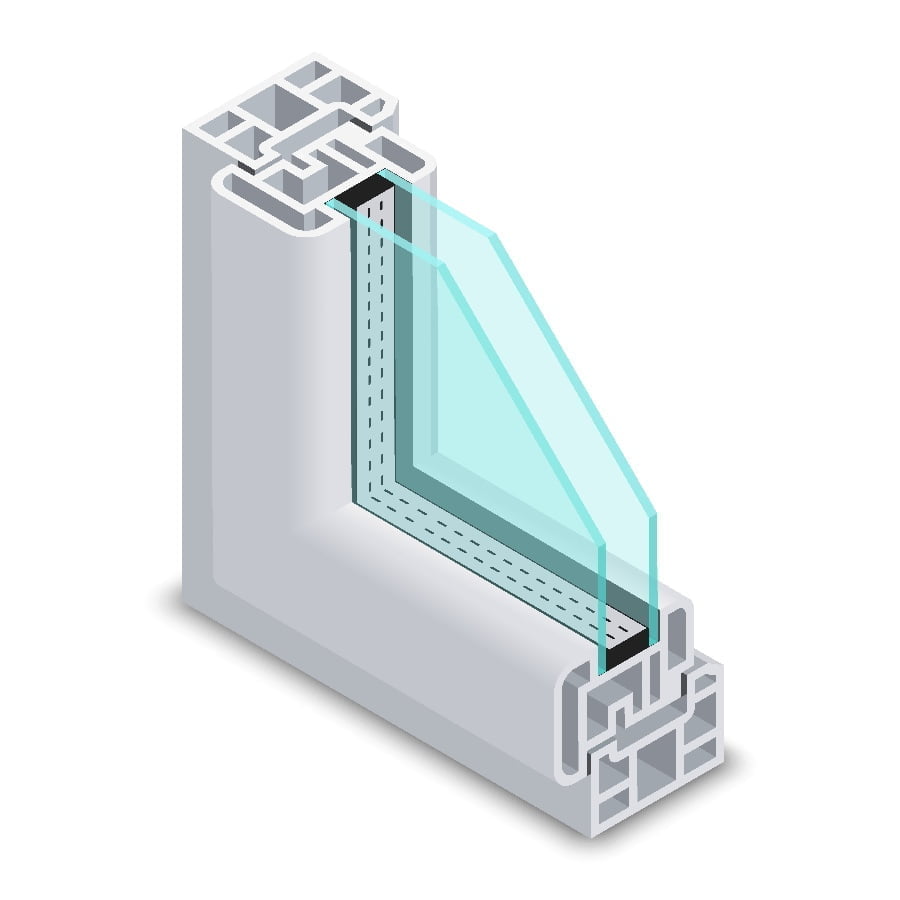
When it comes to energy-efficient windows, there are a few key features that you should look for. One of the most important is double-paned glass.
This type of window has two layers of glass with an insulating layer in between, which helps to keep your home warmer in the winter and cooler in the summer.
Another feature to consider is low-E coatings. These coatings are applied directly onto the windows’ surface and help reflect heat into your home during colder months while keeping out unwanted heat during hotter months.
But why stop at just these features? Even more advanced options, such as gas-filled panes or triple-pane designs, can improve insulation properties.
By investing in energy-efficient windows, you will be doing your part for our planet and saving money on heating and cooling bills over time – something my parents would have been proud of!
Window Insulation Options
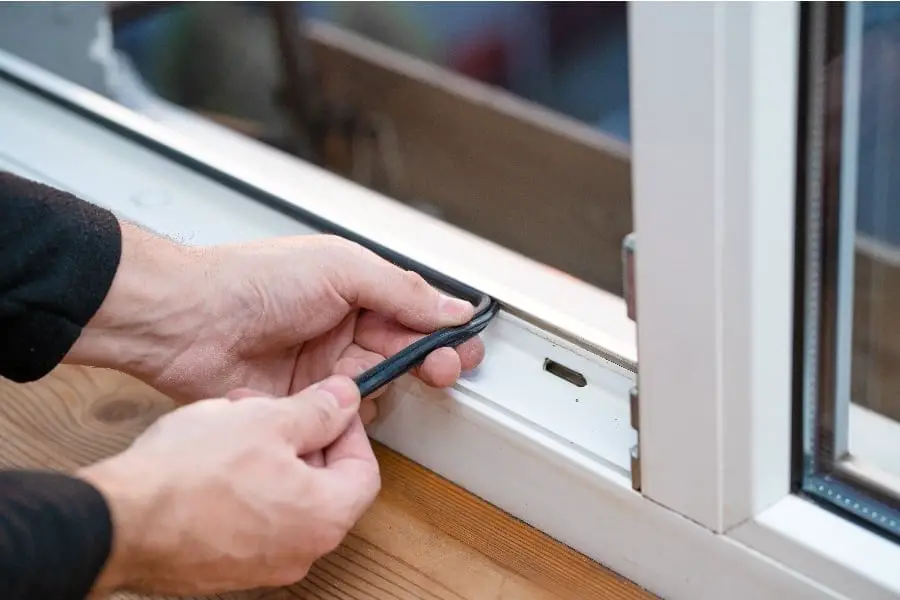
Regarding energy-saving window options, insulation is one of the most important factors to consider. After all, even the best-quality windows won’t do much good if they’re letting in drafts and leaking heat.
Fortunately, several different types of window insulation options are available on the market today. One popular choice is double-paned glass – which features two panes of glass separated by a layer of air or gas for added insulation.
Another option is low-E coatings – which reflect heat into your home during winter while keeping out unwanted solar radiation during summer. But perhaps one of the most innovative new technologies in this area is aerogel-based insulating materials.
Aerogels are ultra-lightweight materials with incredible thermal performance thanks to their extremely low density and high porosity levels.
Choosing an energy-efficient window with good insulation properties like those can help reduce your carbon footprint while saving money on heating and cooling costs throughout the year!
Glazing Technologies
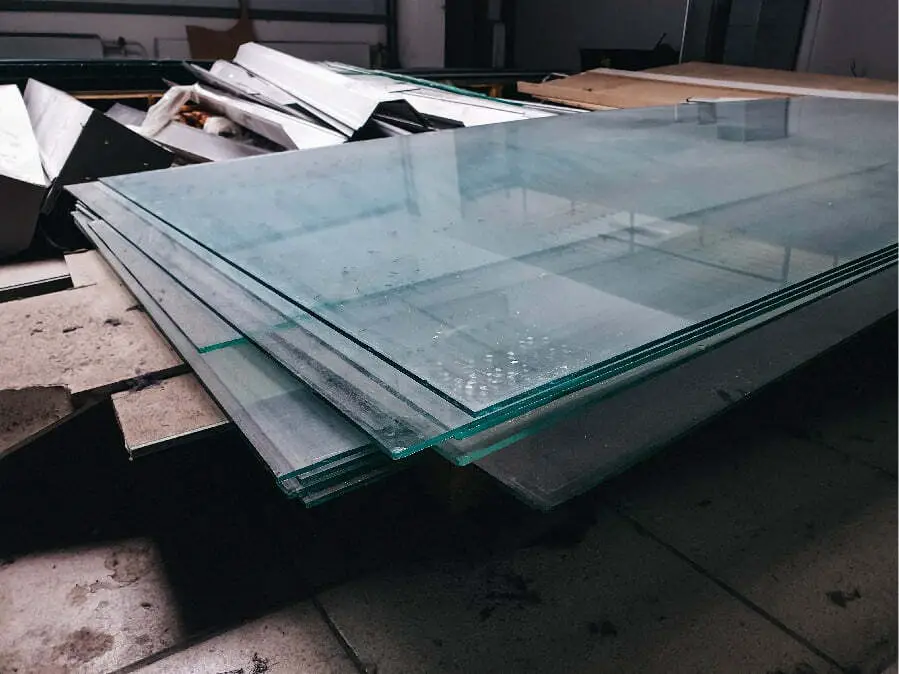
When it comes to energy-efficient windows, one of the most critical factors is glazing technology. This refers to the type of glass used in your windows and how it’s constructed.
Double-paned glass is a popular option for homeowners looking to save on energy costs. This type of window features two panes of glass with a layer of air or gas between them.
The extra layer helps insulate your home by reducing heat transfer through the window. But double-paned glass isn’t the only option out there.
Low-E coatings are another popular choice for those seeking energy efficiency in their windows. These coatings are applied directly onto the surface of your window and help reflect heat into your home during colder months while keeping unwanted solar radiation out during warmer months.
Investing in these types of glazing technologies can unlock even more potential when it comes to saving money on heating and cooling costs – all while doing your part for our planet!
Frame Materials
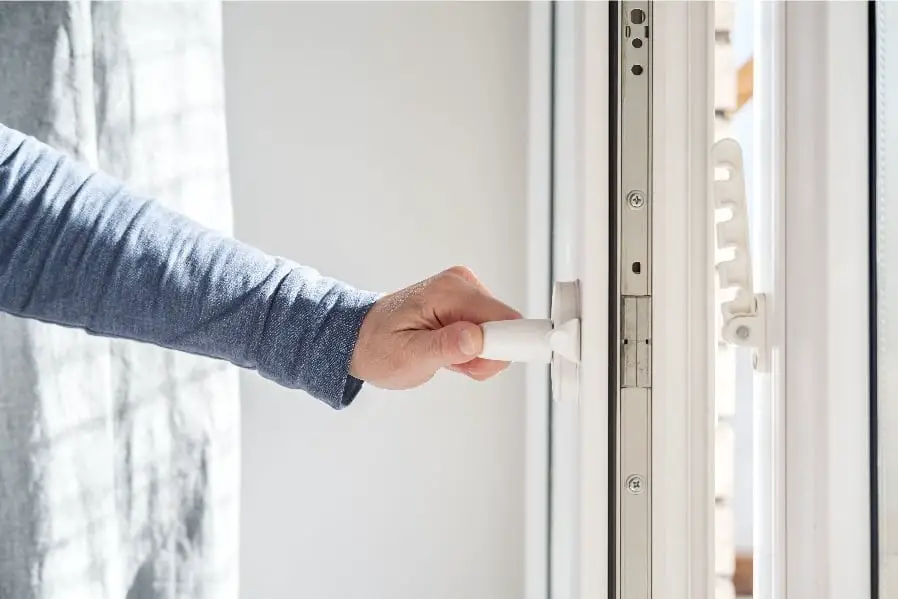
The frame material is just as important as the glass for energy-efficient windows. Choosing the right frame can significantly affect how much heat and cold air are transferred through your windows.
Traditionally, window frames were made of wood or aluminum. While these materials are still popular today, there are now more options available that offer better insulation properties.
For example, vinyl frames have become increasingly popular due to their affordability and energy efficiency. They’re also low-maintenance and won’t rot or warp like wood frames can over time.
Another option is fiberglass frames which offer excellent thermal performance while being strong enough to withstand extreme weather conditions without warping or cracking.
Choosing the suitable frame material for your home’s windows will depend on several factors, such as the climate zone you live in and personal preferences regarding aesthetics.
But regardless of what you choose – upgrading your window framing materials could be one step closer to unlocking potential savings on heating/cooling bills while reducing your carbon footprint at home!
Proper Installation
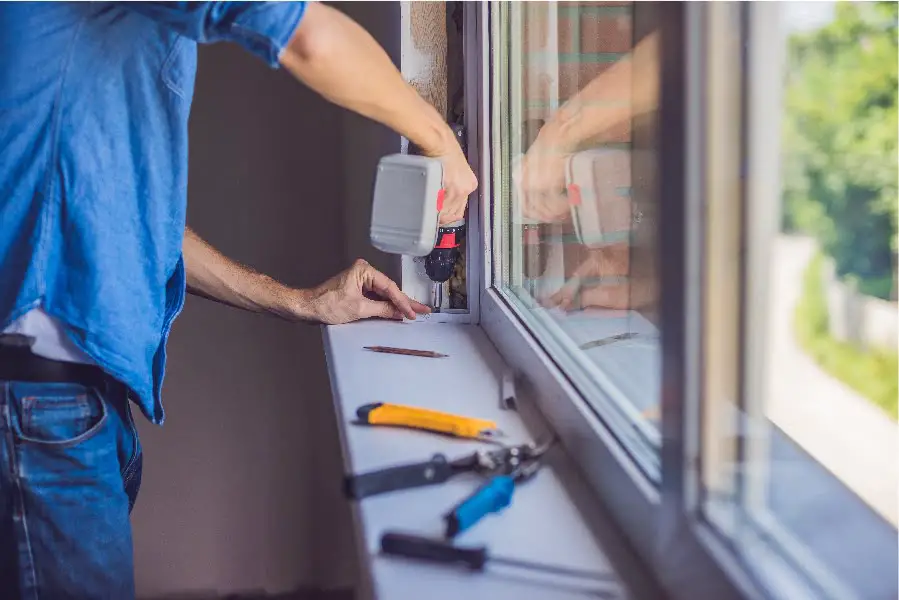
Now that we’ve covered some of the latest energy-saving window options, it’s important to remember that proper installation is just as crucial in maximizing their potential. Even the most advanced windows won’t perform optimally if installed incorrectly.
Improperly installed windows can lead to air leaks and drafts, significantly reducing energy efficiency. That’s why hiring a professional installer with experience working with your chosen window type is essential.
When I had my own home renovated recently, I made sure to do my research and find an experienced contractor who could install my new double-paned windows properly. It was worth every penny – I noticed a significant reduction in my monthly energy bills and felt more comfortable at home without any pesky drafts or cold spots.
So when considering upgrading your home with new energy-efficient windows, don’t forget proper installation! It may seem like an extra expense upfront, but it will save you money and headaches while unlocking your investment’s full potential.
Solar Control Films
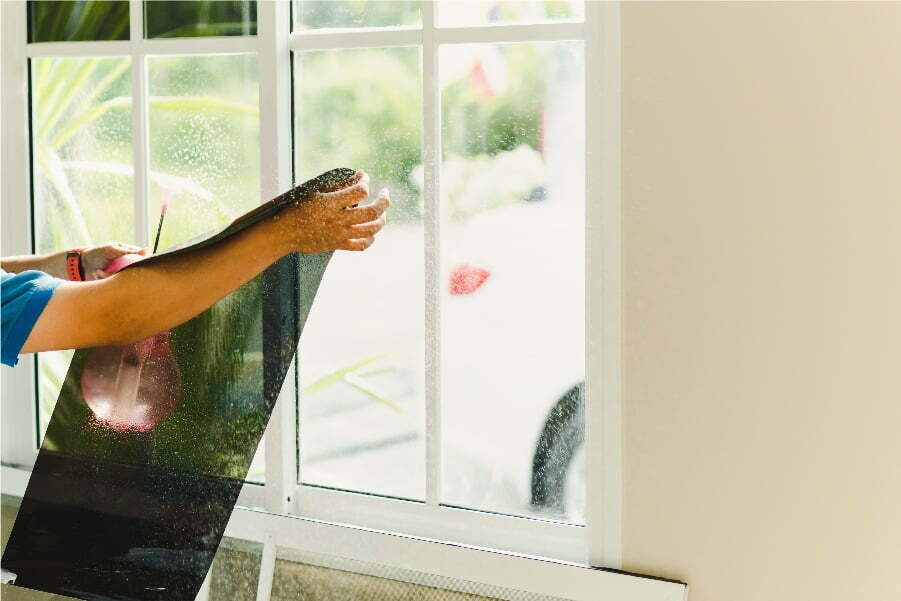
Another energy-saving window option that can help you unlock the potential of your home is solar control films. These thin, transparent sheets are applied to the surface of your windows and work by reflecting or absorbing sunlight before entering your home.
As a blogger who writes about house windows, I’ve seen firsthand how effective these films can reduce heat gain during hot summer months. They keep your home cooler, reduce glare, and protect furniture from fading due to UV rays.
Solar control films come in different shades and levels of reflectivity, so you can choose one that suits your aesthetic preferences and energy-saving needs. And because they’re easy to install without replacing existing windows, they’re a cost-effective solution for homeowners looking to improve their energy efficiency.
By incorporating solar control films into our homes’ window systems, we take another step towards creating more sustainable living spaces while enjoying all the benefits natural light has on our well-being.
Window Treatments

Many homeowners focus solely on the glass itself when it comes to energy-saving window options. But did you know that your choice of window treatments can also significantly impact your home’s energy efficiency?
Window treatments such as curtains, blinds, and shades can help regulate the temperature in your home by blocking out sunlight during hot summer days or keeping warmth inside during chilly winter nights.
For example, heavy drapes with thermal lining are great for insulating windows and reducing heat loss. But not all window treatments are created equal when saving energy.
Some materials may look stylish but offer little insulation value, so they won’t do much to keep your home comfortable while reducing heating and cooling costs.
When choosing window treatments for an eco-friendly household, consider choosing natural fibers like cotton or linen instead of synthetic materials like polyester or nylon.
These fabrics are more breathable and better at regulating temperature without sacrificing style. By selecting the correct type of treatment for each room in your house based on its orientation towards sunlight exposure throughout different times of day/year (north-facing vs. south-facing), you’ll be able to unlock even more potential savings from these often-overlooked elements!
Related Stories
- Best Energy-efficient Windows: Top Picks for a Greener Home
- Energy-efficient Windows and Indoor Air Quality: Breathe Easier in Your Home
- Energy-saving Window Film Applications: A Window to a Greener Future
- Ventilation and Energy-efficient Windows: A Breath of Fresh Air
- Heat-reflective Windows for Energy Savings: A Bright Idea
Recap
